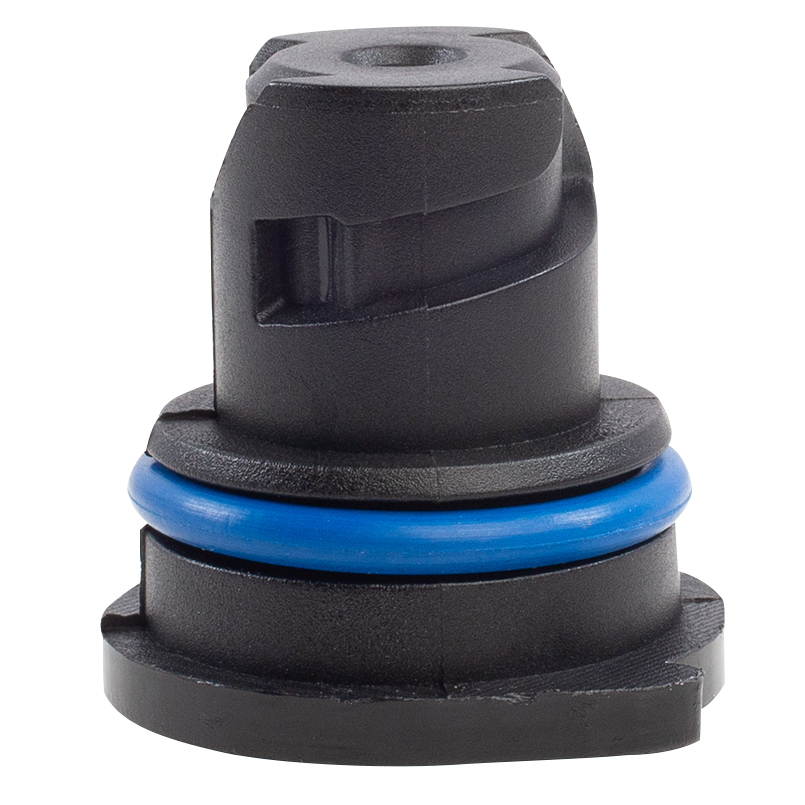oil seal working principle
Understanding the Working Principle of Oil Seals
Oil seals play a critical role in various mechanical systems, ensuring that lubricants remain where they are needed, while simultaneously preventing contaminants from entering. These essential components are widely used in automotive, industrial machinery, and numerous other applications, contributing to the efficiency and longevity of machines. To appreciate the significance of oil seals, it is important to delve into their working principle.
At its core, an oil seal consists of a flexible elastomeric lip that creates a barrier between two areas with differing pressures, typically inside and outside of a bearing or mechanical housing. The primary function of the oil seal is to retain lubricants within a system and prevent the escape of oils or grease while simultaneously keeping dirt, dust, and moisture at bay. The design and material selection of oil seals are paramount in achieving optimal performance.
Understanding the Working Principle of Oil Seals
The effectiveness of an oil seal can also be attributed to its ability to maintain a dynamic seal with the rotating shaft while resisting any upward or lateral pressures that may arise during operation. As the shaft spins, the lip of the seal is subjected to centrifugal forces. However, the design of the oil seal allows it to counteract these forces, ensuring that the lubricating oil is efficiently retained within the system.
oil seal working principle

Moreover, the materials used in the construction of oil seals are vital to their performance. Commonly, oil seals are made from rubber or elastomers like nitrile, neoprene, and fluorocarbon, which exhibit excellent resistance to various fluids and temperatures. The choice of material depends on the specific application and the types of fluids involved. For example, nitrile rubber is often used in petroleum-based applications due to its good oil resistance, while fluorocarbon seals are suitable for high-temperature or chemical-resistant tasks.
In addition to the lip and material, the shape and design of the oil seal contribute to its effectiveness. The lip can come in different profiles, such as single or double lips. A double-lip design offers enhanced protection against contaminants and has become increasingly popular in high-performance applications where conditions may be more extreme. This dual barrier helps ensure that lubricant leakage is heavily minimized and that harmful particulates stay out of the system.
One of the major challenges oil seals face is wear over time. Factors such as temperature fluctuations, the presence of pollutants, and inconsistent lubrication can lead to degradation of the seal material, which results in leaks or seal failure. Regular maintenance and timely replacement of oil seals are essential practices to prevent operational failures and costly repairs.
Furthermore, the installation of oil seals requires precision to ensure optimal performance. Improper installation can lead to misalignment or uneven pressure distribution, which can compromise the seal's effectiveness and service life. Therefore, following manufacturer guidelines and using the right tools during installation is crucial to achieving a successful seal.
In conclusion, oil seals are intricate yet straightforward components that serve a vital function in many mechanical systems. Their working principle relies on the balance between sealing forces, dynamic operation, and material properties, which together ensure the efficient retention of lubricants while guarding against contaminants. Understanding the fundamentals of oil seals not only highlights their importance but also emphasizes the need for proper maintenance and installation practices. As technology advances and machinery becomes more sophisticated, the role of oil seals will continue to be essential in promoting reliability and efficiency across various industries.
-
Understanding Automotive Oil Seals: Essential Components for Engine and Shaft Protection
News Jul.30,2025
-
The Importance of Heavy Duty Seals in Industrial and Residential Applications
News Jul.30,2025
-
Exploring Industrial Oil Seals: From Felt Oil Seals to TTO and CFW Solutions
News Jul.30,2025
-
Essential Guide to Oil Seals: From Radial to Metal-Cased Seals for Industrial Reliability
News Jul.30,2025
-
Choosing the Right Oil Seals and Gaskets for Industrial and Automotive Applications
News Jul.30,2025
-
Cassette Seals: Durable Sealing Solutions for Harsh Environments
News Jul.30,2025
-
Understanding the Front Main Engine Seal: Purpose, Maintenance, and Installation
News Jul.29,2025
Products categories















